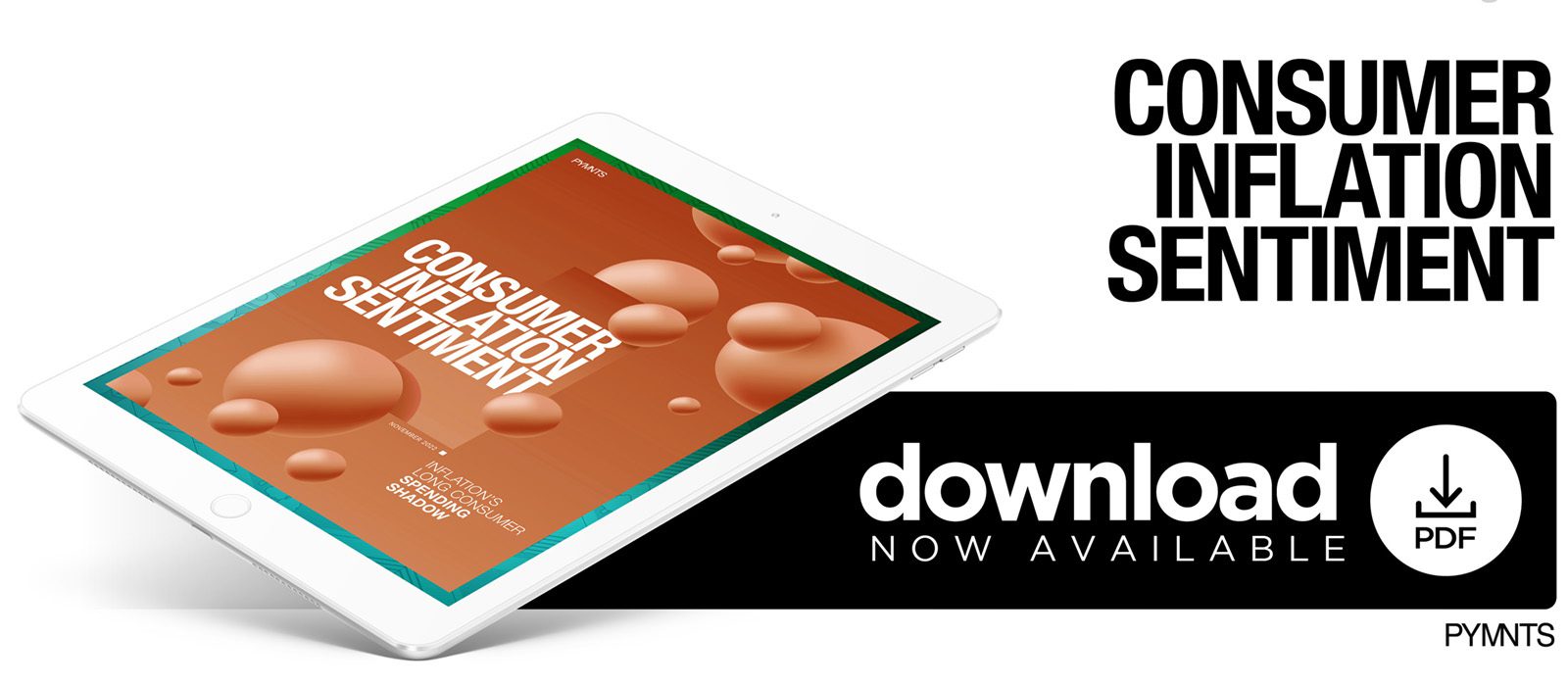October Inflation Report: A Third of US Consumers Now Struggle to Pay Bills
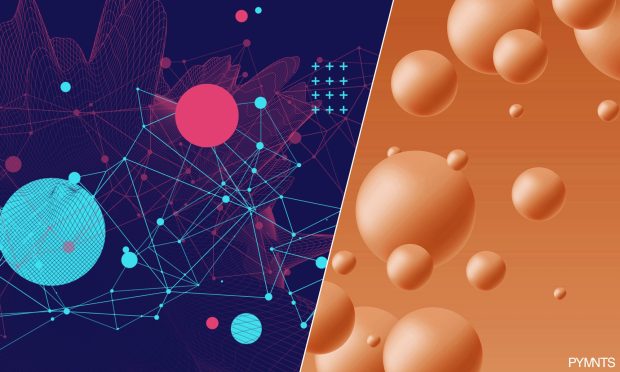
Inflation has begun to show signs of slowing month after month but remains at levels not seen since 1981. Half of consumers say inflation has soured their outlook on their economic future, and nearly a third say paying bills is getting more difficult.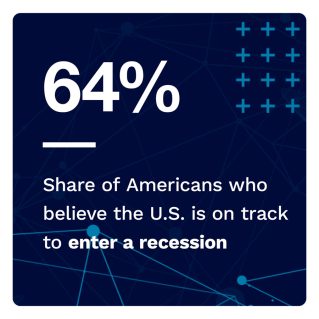
The impact of inflation has been detrimental to the recovery of an economy still reeling from COVID-19. Things once considered economic certainties, such as salaries keeping up with inflation and the ability to travel affordably from one part of the country to another, are now called into question.
In “Consumer Inflation Sentiment: Inflation’s Long Consumer Spending Shadow,” an independently produced PYMNTS report, we surveyed 2,467 United States consumers to see how inflation is changing 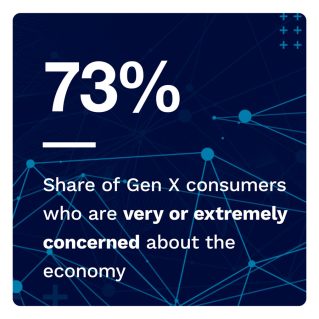 how Americans perceive their futures and examine the long shadows cast by inflation on the nation’s economy.
how Americans perceive their futures and examine the long shadows cast by inflation on the nation’s economy.
• Generation X consumers are the most pessimistic about the U.S. economy and do not believe things will return to normal until late May 2024.
The most pessimistic generation is Gen X, of which 73% are very or extremely concerned about the state of the economy, and 68% believe the U.S. is likely to enter a recession. This generation’s average predicted date for return to normalcy is May 30, 2024 — 10 days later than the overall average.
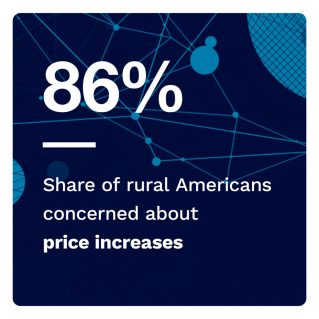 • Rural Americans are bearing the brunt of inflation, with nearly 90% expressing concerns about their loss of spending power.
• Rural Americans are bearing the brunt of inflation, with nearly 90% expressing concerns about their loss of spending power.
Consumers in all locales feel the pinch, but those living in rural communities seem to be under the most strain. Rural consumers are the most likely to say that their income has not kept pace with inflation and are also the most likely to say it has decreased — at 17% compared to 15% for those in large urban areas or 13% for smaller urban areas.
With these economic developments, the American consumer currently lives in a world with diminished faith and a growing sense of trepidation about the future. While inflation might be slowing down, consumers are still feeling the effects of its initial contagion.
To learn more about how the American consumer perceives our current economic state, download the report.
